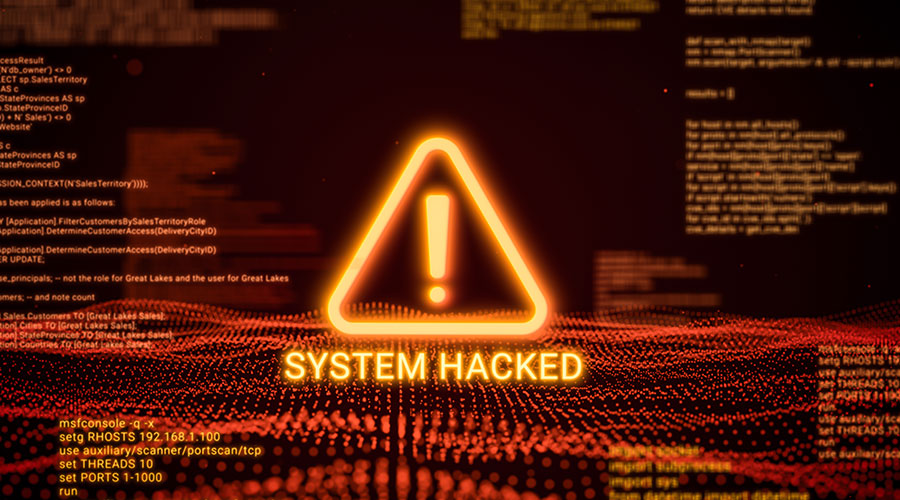Eighty-six percent of global healthcare organizations (HCOs) that have been compromised by ransomware suffered operational outages, according to Trend Micro Inc.
Fifty-seven percent of global HCOs admit being compromised by ransomware over the past three years, according to the study. Of these organizations, 25 percent say they were forced to halt operations, while 60 percent reveal that some business processes were impacted as a result.
On average, it took most responding organizations days (56 percent) or weeks (24 percent) to fully restore these operations.
Ransomware is not only causing the healthcare sector significant operational pain. Sixty percent of responding HCOs say sensitive data was also leaked by their attackers, potentially increasing compliance and reputational risk, as well as investigation, remediation and clean-up costs.
Respondents to the study also highlight these supply chain weaknesses as a key challenge:
- Forty-three percent of respondents say their partners have made them a more attractive target for attack.
- Forty-three percent say a lack of visibility across the ransomware attack chain has made them more vulnerable.
- Thirty-six percent say a lack of visibility across attack surfaces has made them a bigger target.
The good news is that most (95 percent) HCOs say they regularly update patches, while 91 percent restrict email attachments to mitigate malware risk. Many also use detection and response tools for their network endpoint and across multiple layers.
However, the study also highlights potential weaknesses, including:
- Seventeen percent do not have any remote desktop protocol controls in place.
- Many HCOs do not share any threat intelligence with partners (30 percent), suppliers (46 percent) or their broader ecosystem (46 percent).
- Thirty-three percent do not share any information with law enforcement.
- Worryingly few respondents can detect lateral movement (32 percent), initial access (42 percent) or use of tools like Mimikatz and PsExec (46 percent).

 UF Health Hospitals Rely on Green Globes to Realize Their Full Potential
UF Health Hospitals Rely on Green Globes to Realize Their Full Potential How Healthcare Facilities Can Be Truly Disaster-Resilient
How Healthcare Facilities Can Be Truly Disaster-Resilient TriasMD Breaks Ground on DISC Surgery Center for San Fernando Valley
TriasMD Breaks Ground on DISC Surgery Center for San Fernando Valley Bigfork Valley Hospital Falls Victim to Data Breach
Bigfork Valley Hospital Falls Victim to Data Breach AI-Driven Facilities: Strategic Planning and Cost Management
AI-Driven Facilities: Strategic Planning and Cost Management